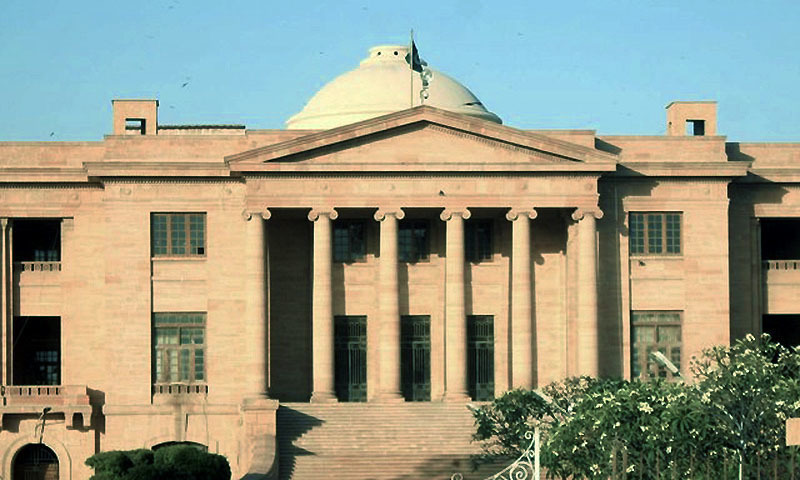• Award of contract challenged in Sindh High Court
• Provincial govt says the project does not have SEZ status
ISLAMABAD: The recently awarded contract for the Dhabeji Industrial Zone (DIZ) project that falls under the China-Pakistan Economic Corridor (CPEC) is in the doldrums after being challenged before a court of law.
The Sindh High Court will take up on Monday (today) a petition submitted to it challenging that the rules of Special Economic Zones (SEZ) had not been followed in the award of the contract.
The provincial government claims that since DIZ has not been given the status of SEZ so far, the rules of special economic zones do not apply to it. The CPEC Authority also had submitted an official statement to the high court, expressing satisfaction over the bidding process and claiming that no irregularity had been committed in the award of the contract.
According to a document of the Sindh Economic Zones Management Company (SEZMC), however, the DIZ will be declared a special economic zone (SEZ).
The multibillion DIZ, which will be developed under Public-Private Partnership by the successful bidder Zahir Khan & Brothers (ZKB) and the Sindh government, is part of CPEC and may be given the status of a special economic zone later.
The project, spread over 1,500 acres, is being executed jointly by the Centre, Sindh government, and CPEC Authority with an aim to make it a hub of major economic activities in the province.
The Sindh government received bids for the project in February this year. However, after a two-month evaluation, one of the bids was declared ‘technically unfit’. The provincial government then went for re-bidding in which ZKB emerged successfully. Subsequently, the government issued a Letter of Award (LoA) to the winning firm.
However, the award of the contract was challenged before the court that would take up the matter on Nov 29 (today).
Earlier at a meeting held on Nov 23, Prime Minister Imran Khan expressed the hope that all economic zones, including Dhabeji Industrial Zone, would be completed at the earliest and economic activity started there.
He, however, lashed out at the Sindh government for the slow pace of development work in the province.
When contacted, the Sindh government’s spokesman Saeed Ghani said he was not fully aware of the project’s details, but believed that there was nothing wrong with the award of the contract.
Meanwhile, a senior SEZMC official said the provincial government had ensured transparency and fair play in the award as the successful bidder had quoted Rs16.25 billion while the second-lowest bid was Rs13.75bn.
He said the total income to be generated from the project was Rs32bn and the successful bidder would have to pay Rs16bn to the provincial government in five to seven years. The remaining amount would be paid to the provincial government by selling plots in the economic zone, he added.
The official believed that like 17 other industrial zones in the country, the DIZ had so far not attained the status of SEZ but the provincial government would apply for it later.
“Allama Iqbal Economic Zone in Lahore was established in 2006 but got the SEZ status in 2016,” he said, explaining that economic zones did not get the SEZ status right away.
The official said unfortunately the court had been misled by the petitioner, who was claiming that rules of SEZs had not been followed while awarding the contract for DIZ.
Meanwhile, it has been learned that due to litigation, the DIZ project is being delayed as the successful bidder has still not signed the agreement with the Sindh government even a month after the issuance of the LoA.
Under the contract, the successful firm will undertake designing, financing, construction, operation, and maintenance of DIZ on a build, own, operate and transfer basis.
The DIZ is located on the N-5 National Highway, close to Bin Qasim and Karachi ports as well as about 700km from Gwadar Port, which connects the Central Asia Republics, Middle East, Europe, and Africa. According to the layout plan, the DIZ will have 130 heavy, 145 medium, and 211 light industries, 82 warehouses, commercial areas, office areas, grid stations, roads, lanes, mosques, recreation areas, captive power generation facilities, and PTCL/SSGC/K-Electric intake points.

